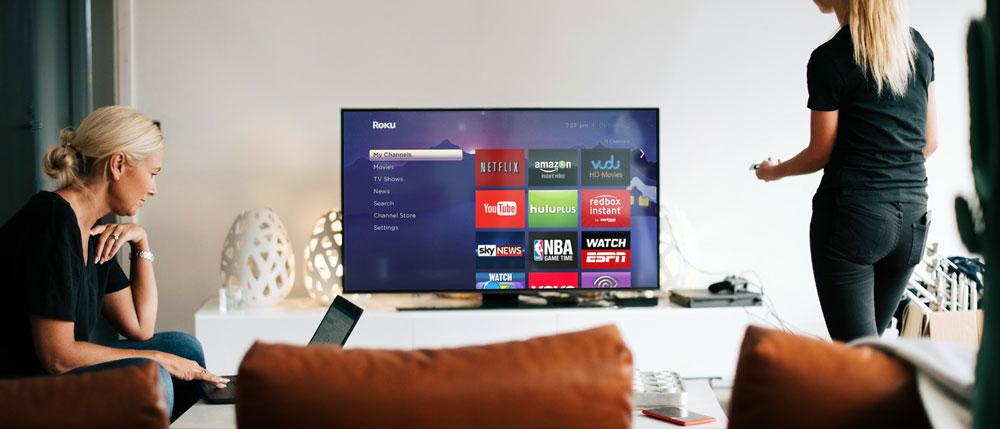Choosing the right screen size for your TV is more than a matter of size. If a screen is too big and you sit too close to it, you'll suffer from eye strain or you just won't be able to see the whole picture. It's important to choose a TV that's the right size for your space.
It's all about comfort, and it can also involve a lot of personal taste. For this reason, there is no single, absolute rule regarding the size of screens. Instead, there are several very similar but not identical rules, with different outlets and companies all maintaining their own general guidelines. RTings.com, Tom's Guide, and even Samsung have their own formulas for calculating screen size based on how far you'll be sitting from your TV. Also, you may be more comfortable with a larger or smaller screen at your preferred viewing distance.
Size and resolution matter
The size of your TV will ultimately be limited by the size of models available, especially as they get larger. The most common TV sizes are 42, 50, 55, 65, and 75 inches (all measured diagonally). You can find models between these sizes, but they are much rarer.
At 4K The pixel size of a 4K TV is a quarter of that of a 1080p TV. So you won't see the individual pixels until you get closer. This means you should be able to sit closer to a 4K TV than a 1080p TV, without suffering eye strain. The same reasoning applies to 8K, but we don't recommend buying an 8K TV just yet.
With these factors in mind, let's lay down some simple rules for finding the TV size that's right for you.
How to measure the suitable TV screen size for your room?

According to the Society of Motion Picture & Television Engineers (SMPTE), your TV should occupy at least a 30 degree arc in your field of view. THX, on the other hand, recommends a 40 degree arc for a cinematic viewing experience. However, both of these measurements are based on 1080p resolution, which means you should be able to get an even closer viewing angle of 40 degrees with a 4K display.
Related to this article:How to Choose the Best Laptop CPU in 2021?So let's say a 4K TV should be the appropriate size to take up 40 degrees of your field of view from the distance you want to sit, and let's work with that.
First, I calculated the appropriate ratios of distance to screen size. Then, since I haven't done trigonometry in years (which you can see in my rough calculations below), I compared my numbers with the guidelines from RTings and Tom's Guide.
According to my calculations, the ideal screen size ratio is around 1.4. Hey, I was right!
What does this mean to you ? This means that the distance between you and a 4K TV should be approximately 1.4 times the diagonal of the TV. Yes, it still seems a bit complicated, so let's put that in an easy-to-read table:
According to our calculations, if your sofa is 2-3 meters away from where you plan to place your TV, a screen of up to 55 inches should be fine. If your sofa is two or three meters from where you plan to place your TV, you can comfortably opt for a 55-inch screen. 65 inches.
Recommended by our editors
There is obviously some wiggle room to be had here. Sizing a little bigger or smaller won't ruin your viewing experience, and you should always consider your own comfort level rather than a simple formula. Still, it's a good starting point for finding the TV size that's right for you.
Try a model
If you want to play around with screen sizes before buying a TV, you can use templates on your wall to see what's comfortable in your room. Get poster paper or cardboard and cut or glue it to the approximate size of the TV you want, and hang it where you want to put your TV. Then sit down where you plan to watch TV and see if the “screen” size feels comfortable.
Related to this article: Tutorial: How to set up an Amazon Echo?Credit: AV Template
For a less DIY route, AV Template offers a set of TV Sizing Posters (in six sizes, from 40 to 85 inches) for $44, which is a worthwhile investment, especially if you want to buy TVs for different rooms.
Install it well
Once you've figured out the right screen size, take a look at our picks for the following best TVs in a range of sizes, as well as our guide to what TV model numbers mean to be. sure to get the best deal.
Once you've found the right TV, check out our tips for how to calibrate it, and remember there's no need to spend a ton of money on a measuring device. Expensive HDMI cables - Affordable cables work great.
